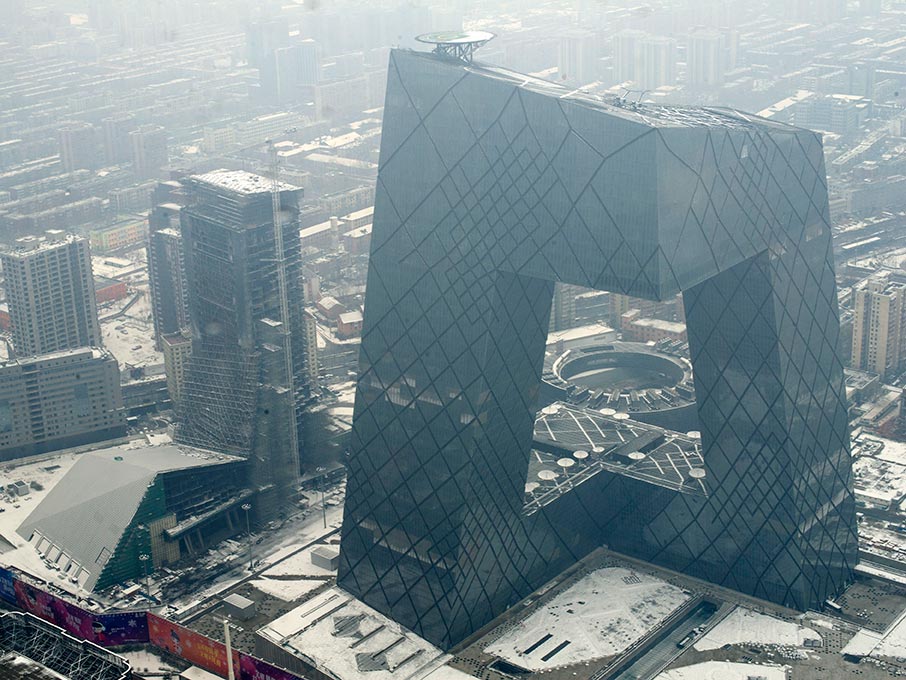China calls for end to 'grandiose, West-worshipping, weird architecture'
The directive says buildings should be 'economic' and 'pleasing to the eye'

Buildings in China are set to be more conservative in the future after the country’s State Council called for a ban on “weird” and “oversized” architecture.
China has a number of boldly-designed buildings, including the China Central Television building. The design by Dutch architect Rem Koolhaas has been criticised for looking like a giant pair of trousers.
However, the directive will spell the end for outlandish buildings to be constructed in the future.
It follows a government conference aimed at managing urbanisation - 56 per cent of the country's population now lives in urban areas - which took place in December.
According to a translation by South China Morning Post, the directive called for “suitable, economic, green and pleasing to the eye” buildings.
Acknowledging the need to have environmentally-friendly buildings follows record high levels of smog in Beijing, which sparked the first ever pollution "red alert" in December.
The directive also called for an end to “the chaotic propagation of grandiose, West-worshipping, weird architecture”. There are multiple versions of the White House and the Arc de Triomphe dotted around the country, as well as an Eiffel Tower and London Bridge replica.
Grand designs: winners from the World Architecture Festival
Show all 10President Xi Jinping, who called for an end to “weird” architecture in 2014, said constructing buildings without cultural character showed “a lack of cultural confidence and some city officials’ distorted attitudes about political achievements”.
In a translation by the Wall Street Journal Blog, Yang Baojun, from the China Academy of Urban Planning and Design, told Xinhua news agency: “The document is a wake-up call for those places where [there has been] a one-sided pursuit of architectural form over function, where cultural orientation has been compromised by an excessive desire to show off.”
The directive also called for the end of gated communities and said they should gradually be opened to the public.
Subscribe to Independent Premium to bookmark this article
Want to bookmark your favourite articles and stories to read or reference later? Start your Independent Premium subscription today.

Join our commenting forum
Join thought-provoking conversations, follow other Independent readers and see their replies